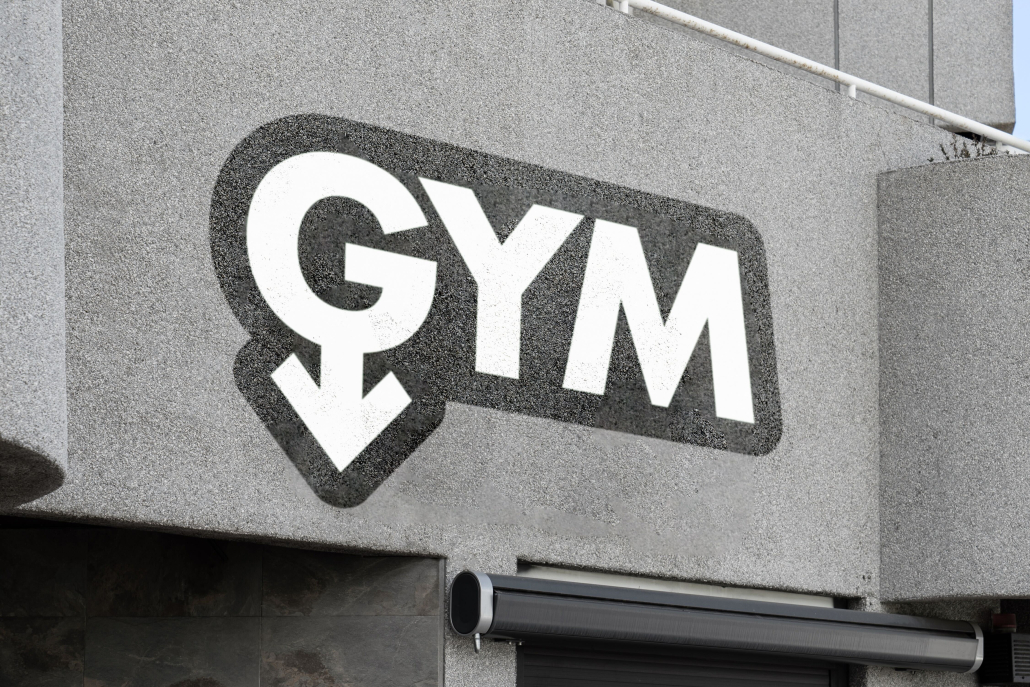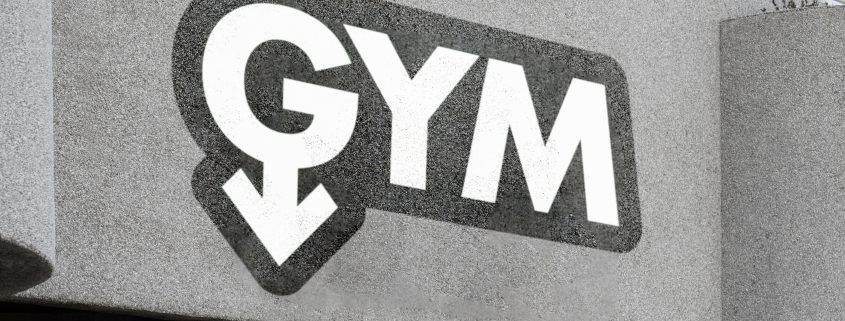Modern gyms create a culture of exclusion

The gym has never felt comfortable for me. It makes me sad that I have spent so much time attributing this discomfort to my own lack of athleticism. In reality, there are a few issues perpetuated by the mere existence, structure and culture of modern gyms, including the ones at USC. These issues form on the basis of pride to an aggressive extreme. There is a certain attitude exuded that going to the gym is the superior form of working out — that is, gym life is not merely an action but an identity people carry around and can gloat about.
I sense this when people react with subtle disbelief after I tell them I am a frequent gym attendee — as if they wouldn’t expect that from me. I’m not really sure if it’s my short, scrawny, brown body or my feminine disposition with the way I walk and dress. But I’m well aware of its cause: hypermasculinity.
There is a ruggedness in the gym that makes me want to temporarily evade my femininity to blend in. Perhaps it is the glance of Mr. Muscle Man when he takes a walk from his machine to scan the room smugly, or the way we learn to claim our machines before we’re even ready for them; like frantic dogs peeing every where, we mark our territory. Maybe it’s those times when I am asked how many sets I have left, and I anxiously cut my workout short because I don’t know what a “set” is, and I don’t like being perceived.
The experience of going to the gym is not particularly inviting to those who are not well-versed in exercise, let alone people who experience body image issues. I am constantly having conversations with people who feel that the gym is not the place to start, but a place to end up once they’ve put in the ground work by themselves. It is precisely the environment which reaffirms many of our warped perceptions of our bodies. We fixate on what we want or what we’ve been conditioned to deem attractive, and there is little to bridge the gap between our own insecurities and making progress in our relationship with our bodies. Without a workout buddy, it is a space free of affirmation or support to someone trying the activity for the first time. It is a system that advocates for fending for yourself and leaves people in apprehension behind.
Gyms make us feel as if we need to take on an image that is not only workable and presentable but also sellable, and one that can be commodified to the desires and image-based standards of those who dominate gym culture: heterosexual people, particularly straight men.
Thus, the gym feeds into — and perpetuates — a system of patriarchy and misogyny. We operate with the goal of blending into a culture that is created by and for men. We exist in a hierarchy that centers overt physical strength over well-being and assimilating into a masculinized culture becomes the ultimate goal. When asked the question “How much do you lift?” I wonder,“Does it matter? I am moving my body; isn’t that what counts?” I come for the endorphins and my own well-being, not for the muscle mass.
The gym allows me to clear my mind and compartmentalize taking care of myself, and this is a privilege that everyone at USC should feel comfortable taking part in — if they so choose.
We should challenge USC to work a little harder to create spaces that are more comfortable for women, particularly women of color, and LGBTQIA students to explore their relationship with exercise. It’s USC’s turn to put some money into a diversity, equity and inclusion initiative that isn’t a leadership task force or mandatory training.
This space, created and funded by USC, should allow us to expand our definition of effective exercising to dismantle the idea that there is any one superior form of moving your body. Through communication and marketing with the cultural centers in Student Affairs, USC can create workout events and classes which emphasize an inclusionary and deliberate approach to working out. Let’s get some hula hoops and jump ropes and a rock climbing wall and some yoga mats and, I mean, if President Carol Folt is offering, I could put my back into some Bollywood dance lessons or a pole dance moment.
Nonetheless, I’m going to continue to do what is best for my own well-being. As much as uncomfortable moments consist, making uncomfortable spaces comfortable to me has been an important skill to exercise.
There is a term used in queer theory that sums up this exact experience: counterpublicity. As explored in the piece “Pedro Zamora’s Real World of Counterpublicity,” activist José Esteban Muñoz defines counterpublicity as the idea that subcultures can insert themselves into dominant media narratives to challenge them and make them more comfortable for marginalized groups. The piece explores how Pedro Zamora, a Cuban American gay man with AIDS used his platform on the MTV show “The Real World” to challenge its own heteronormative nature, bringing education about the ignored and silenced AIDS epidemic to the masses.
While counterpublicity is a beautiful concept to combat existing structures, I realize that there is privilege to even be able to engage in this act; as a queer non-binary person of color, the gym can be uncomfortable, but as a cis-presenting man, it does not challenge my existence. There are a slew of reasons non-binary and trans students may feel unprompted to enter a space that is cis and hetero normative, including facing discrimination, being misgendered or confined to exist within the two-gender binary via gendered locker rooms. The needs and struggles of minority students that remain unaddressed are unique and complex. USC needs to take the time to actually acknowledge, understand and center the needs of those who are too often sidelined, unheard, and in this case, unseen.
Nonetheless, as we await for USC to create a truly inclusive space for students to work out, I will continue my counterpublicity as I prance into the Lyon Center wearing all pink, channeling Doja Cat and empowering myself to exist in a place where I feel out of place.

